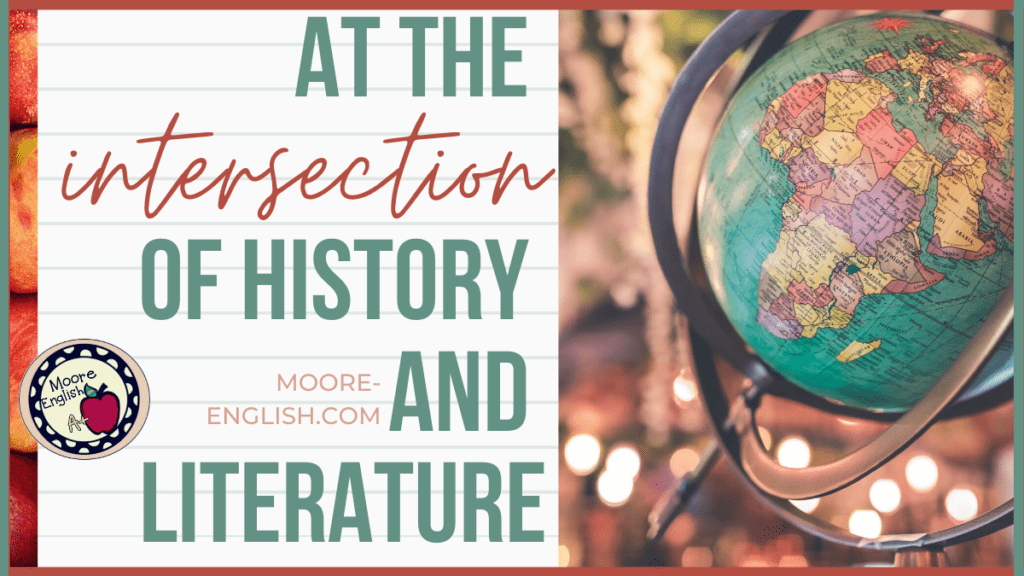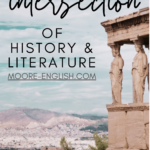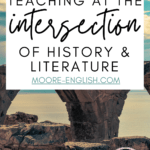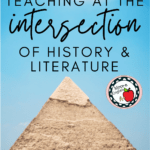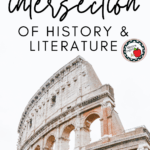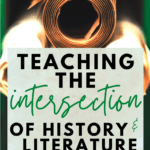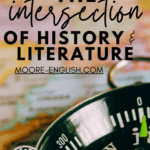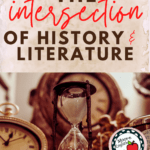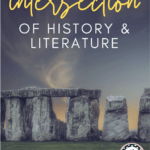A few weeks ago, I discussed strategies for tackling CCSS 9-10.7 and 11-12.7. These are the standards associated with approaching a text in two mediums.
As I was reflecting, I began to think of other challenging standards. And 9-10.9 and 11-12.9 came to mind. These standards focus on historical context. Such considerations beg the question: what is the relationship between history and literature? Further, can ELA teachers, who may or may not be certified in social studies or history, help students understand this complex intersection?
This post this post may contain affiliate links. Please read the Terms of Use.
Getting Ready for Historical Context
First, consider what historical context is developmentally appropriate. How much detail is necessary? And what details can you leave to the social studies department?
Additionally, incorporate any team or department expectations about historical context into your planning.
Finally, do not feel like you need to be an expert. But make sure you acquaint yourself with key information students will need for success.
To make things even easier, consider some of these resources for helping students master historical context:
- Firstly, “What is McCarthyism? And How did It Happen?” Ted-ed Listening Guide perfect for teaching The Crucible. Further, this is one of my favorite YouTube videos for secondary ELA teachers!
- Secondly,the American Enlightenment Literature Bundle is a great collection of primary sources to help students connect literature and historical context!
- Thirdly, defining world literature is a tricky part of connecting literature and history. And this freebie simplifies the process! Further, this post describes more strategies for connecting world history and literature.
- Similarly, helping students grapple with the meaning of “culture” is a challenge! And this collection of graphic notes helps students arrive at that definition. Now, check out this post to help facilitate this conversation.
- Finally, literary movements are key to historical context and literature. So these notes about modernism help simplify the connection!
During Instruction
Firstly, start by drawing on prior knowledge. Next, ask students how literature and history relate. Then, see if they can point to any specific examples.
Additionally, create opportunities for students to approach multiple standards at once. For instance, under the Common Core, students should be able to understand historical context. But students should also be able to generate research questions. Further, students should be able to locate credible research. Therefore, this is a great opportunity for students to work on two related skills.
And these are some of my favorite tools for helping students research historical context:
Visualizing Historical Context
Next, create opportunities for students to visualize. And here are some options for visualizing:
- Firstly, make a timeline. ReadWriteThink.org has a digital timeline tool that students can use collaboratively.
- Now, bring in maps to help students visualize geography.
- Then, use collaborative Google Slides. Students can add slides and can arrange them chronologically.
- Also seek out primary sources and have students use these steps to annotate.
After Instruction
As you build instructional opportunities, consider where you want students to end up. Then, design instructional opportunities that will prepare students to show off everything they’ve learned. Next, build formative assessments that will help students master the skills and standards. Finally, this should allow you to create summative celebrations rather than summative panic attacks.
Ultimately, working with historical context is challenging. So planning ahead is key.

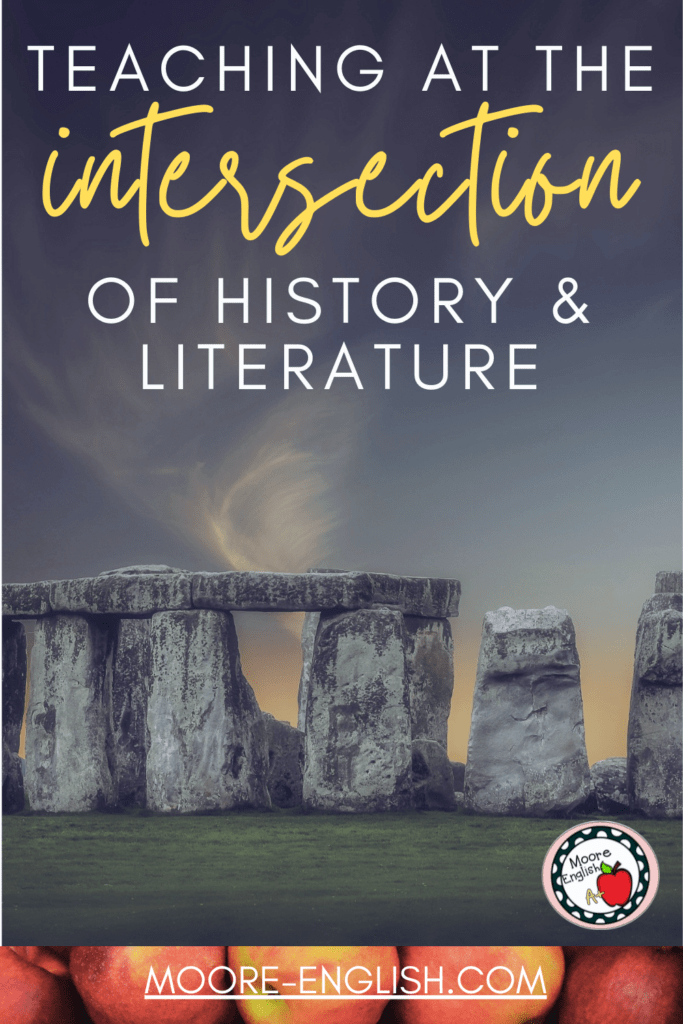
Photo by Ian on Unsplash; Artem Bali on Unsplash; Himesh Kumar Behera on Unsplash

